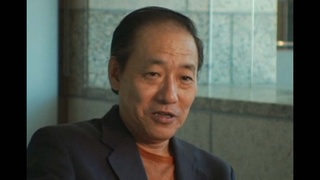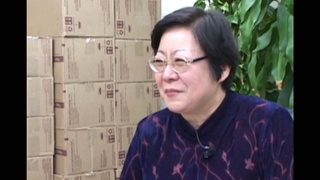Interviews
Americans changing his opinion of the US
I was asked to be guide to Mr. Halprin, Larry Halprin when he came to Kyoto. That’s a time when he really fascinated person. He invited me to come to America and then many good people, American people, changed my, you know, sense of American people. So, kind of naturally I went to American, American culture.
Date: August 10, 2016
Location: California, US
Interviewer: Sojin Kim, John Esaki
Contributed by: Watase Media Arts Center, Japanese American National Museum




